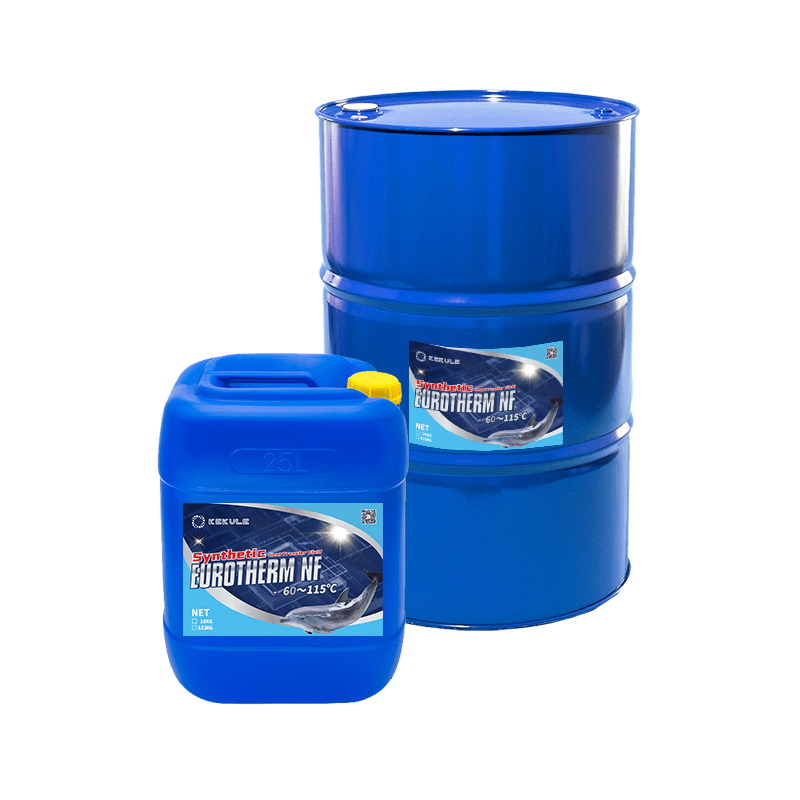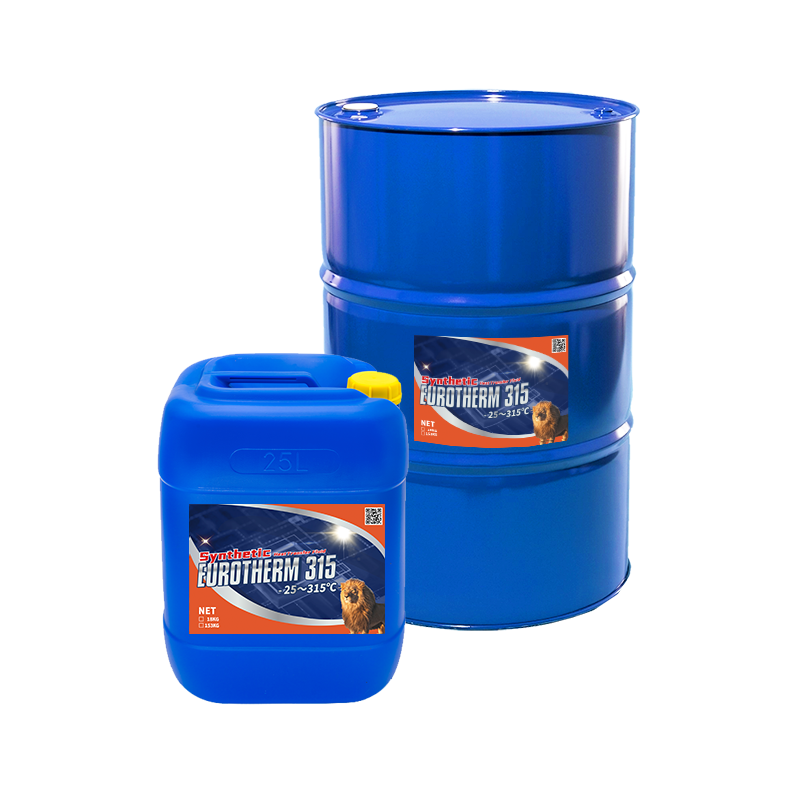Chemie Fundamentals Explained
The 7-Minute Rule for Chemie
Table of Contents6 Simple Techniques For ChemieSome Known Facts About Chemie.Chemie Things To Know Before You Get This5 Simple Techniques For ChemieSome Known Facts About Chemie.All About Chemie
By Bojanna Shantheyanda, Sreya Dutta, Kevin Coscia and David SchiemerDynalene, Inc. Fluid cooling, which can be attained using indirect or straight methods, is used in electronic devices applications having thermal power thickness that may surpass safe dissipation with air cooling. Indirect liquid air conditioning is where heat dissipating digital elements are physically separated from the liquid coolant, whereas in case of straight cooling, the components remain in straight contact with the coolant.In indirect cooling applications the electric conductivity can be vital if there are leakages and/or spillage of the fluids onto the electronics. In the indirect cooling applications where water based liquids with deterioration preventions are generally utilized, the electric conductivity of the liquid coolant generally depends on the ion concentration in the liquid stream.
The increase in the ion focus in a shut loophole liquid stream may take place due to ion seeping from steels and nonmetal components that the coolant fluid is in call with. During operation, the electrical conductivity of the liquid may enhance to a level which can be harmful for the cooling system.
Chemie Fundamentals Explained
(https://www.pageorama.com/?p=chemie999)They are grain like polymers that are capable of exchanging ions with ions in a remedy that it touches with. In today job, ion leaching examinations were carried out with numerous metals and polymers in both ultrapure deionized (DI) water, i.e. water which is dealt with to the greatest levels of pureness, and reduced electrical conductive ethylene glycol/water mix, with the gauged adjustment in conductivity reported over time.
The samples were enabled to equilibrate at area temperature level for two days prior to videotaping the preliminary electric conductivity. In all tests reported in this research study fluid electric conductivity was determined to an accuracy of 1% using an Oakton disadvantage 510/CON 6 series meter which was adjusted before each measurement.
How Chemie can Save You Time, Stress, and Money.
from the wall home heating coils to the center of the furnace. The PTFE example containers were put in the furnace when stable state temperatures were reached. The examination setup was eliminated from the furnace every 168 hours (7 days), cooled down to area temperature level with the electrical conductivity of the fluid determined.
The electric conductivity of the fluid sample was kept track of for an overall of 5000 hours (208 days). Schematic of the indirect shut loophole cooling experiment set-up. Parts utilized in the indirect closed loop cooling experiment that are in contact with the liquid coolant.

Chemie Fundamentals Explained
During operation the liquid storage tank temperature level was kept at 34C. The change in liquid electrical conductivity was monitored for 136 hours. The liquid from the system was gathered and saved. Shut loophole test with ion exchange resin was lugged out with the very same cleansing procedures employed. The first electric conductivity of the 230ml UP-H2O in the system determined 1.84 S/cm.

0.1 g of Dowex material was contributed to 100g of fluid samples that was absorbed a different container. The mixture was mixed and transform in the electrical conductivity at room temperature level was determined every hour. The gauged modification in the electrical conductivity of the UP-H2O and EG-LC examination liquids containing polymer or steel when engaged for 5,000 hours at 80C is shown Figure 3.
Get This Report about Chemie
Ion seeping experiment: Calculated change in electric conductivity of water and EG-LC coolants including either polymer or metal examples when immersed for 5,000 hours at 80C. The results show that metals added fewer ions into the liquids than plastics in both UP-H2O and EG-LC based coolants.
Fluids containing polypropylene and HDPE exhibited the most affordable electric conductivity adjustments. This can be as a result of the brief, rigid, straight chains which are much less most likely to contribute ions than longer branched chains with weaker intermolecular pressures. Silicone also did well in both test liquids, as polysiloxanes are typically chemically inert because of the high bond power of the silicon-oxygen bond which would certainly avoid degradation of the product right into the fluid.
The Best Guide To Chemie
It would certainly be expected that PVC would certainly create similar results to those of PTFE and HDPE based on the comparable chemical structures of the materials, nevertheless there might be various other impurities present in the PVC, such as plasticizers, that might over here affect the electric conductivity of the fluid - fluorinert. Furthermore, chloride teams in PVC can additionally seep right into the examination fluid and can trigger an increase in electrical conductivity
Polyurethane entirely disintegrated right into the examination fluid by the end of 5000 hour test. Before and after pictures of steel and polymer samples immersed for 5,000 hours at 80C in the ion leaching experiment.
Measured adjustment in the electrical conductivity of UP-H2O coolant as a function of time with and without material cartridge in the closed indirect air conditioning loop experiment. The measured modification in electric conductivity of the UP-H2O for 136 hours with and without ion exchange resin in the loophole is revealed in Number 5.